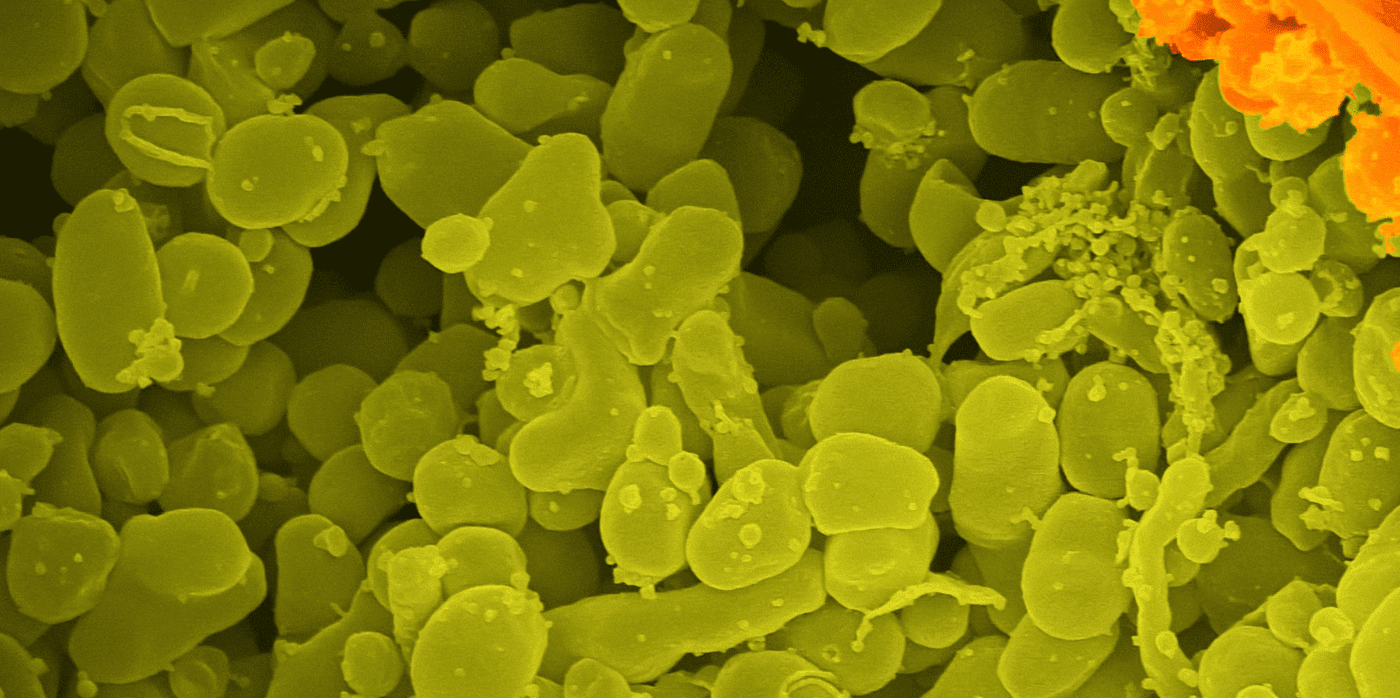Nanoparticles can tackle antimicrobial resistance

Spotted: As drug-resistant superbugs become increasingly resistant to all known antibiotics, the need to seek alternatives to antibiotic-only therapies becomes more urgent. According to the World Health Organization, antibiotic resistance is a top threat to global health, food security, and development, with drug-resistant infections killing millions of people and costing billions of dollars in health-care annually. Now, a new therapy developed by researchers at the University of Toronto is on the way to developing an antibiotic alternative to effectively kill superbugs.
The new therapy—developed by Ruby Sullan and Nesha Andoy—uses a combination of nanoparticles made from polydopamine, an antimicrobial peptide, and low-powered laser light. First, the peptide is used to coat the surfaces of the nanoparticles, which then target and kill bacteria by adhering to its membranes and destabilising them. Secondly, the highly photosensitive nanoparticles are heated up with a low-powered laser light, also heating the bacteria until the microbes are killed.
Polydopamine is “a naturally occurring hormone and neurotransmitter that makes it highly compatible with the human body”. In laboratory tests, the combination of nanoparticles and laser light was able to kill drug-resistant strains of E. coli, a common type of hospital superbug. The results were published in the journal Advanced Functional Materials.
The next step will be to decrease the size of the nanoparticles to make them more suitable for use in living organisms, before eventually testing the therapy in animal models and clinical trials in humans. While the authors note that the therapy doesn’t eliminate bacterial resistance, if successful, this could curb the speed at which antibacterial resistance develops – making it a major breakthrough in the fight against drug-resistant infections.
Antimicrobial resistance is a major concern across the world. Previous innovations tackling the issue spotted by Springwise include a new way to quantify antimicrobial resistance and nano-robots that tackle antimicrobial-resistant infections.
Written By: Katrina Lane

